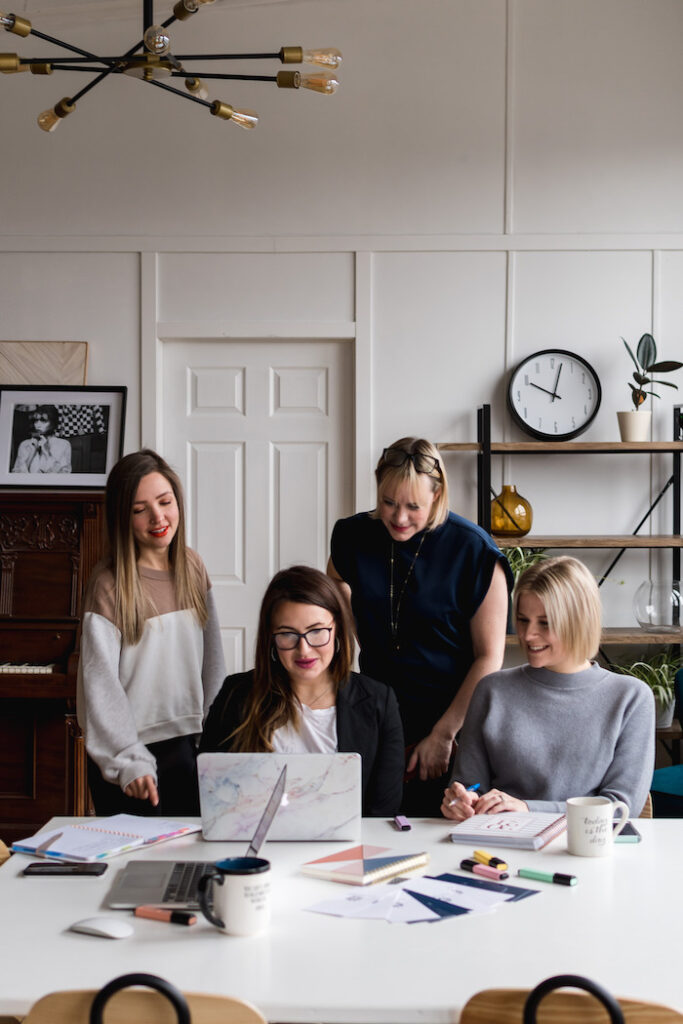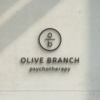As a business owner, my great moments of satisfaction occur when I’m walking through the office while all my employees are hustling. I love the hustle and the energy. Seeing some people with headphones on, deeply focused on a project, while others are grouped around a table discussing an upcoming shoot… It made me feel like my business was alive.
Since the pandemic, things have changed dramatically. Our team is largely dispersed. Before, I could walk past a designer and notice that a colour palette didn’t match what the client had said to me in a consultation. Now, many projects pass through our project management software, to one of the managers and are emailed to a client before I even see them.
Starting back in October, we realized that the situation wasn’t going to be changing anytime soon. Even with the management team in the office, having all the other staff so siloed was creating performance and knowledge gaps. It was time to level up the business and create some new procedures and workflows to ensure that things kept operating smoothly.

At first, our meetings were disorganized. We weren’t sure what to talk about and filled the time with the latest projects – jumping from one task to the other. They took hours and we never felt “finished” at the end of them. But soon we began to find a rhythm. We reviewed current client lists, discussed things that were stuck, and even set personal goals that weren’t related to day to day operations.
The second big change that we made was to really put different people in charge of different things. Previously, as the owner, I was used to being at the top of EVERYTHING. But the business had grown beyond the scope of what one person could handle – but I hadn’t formally passed off responsibility for things to others. Putting structure into the management team changed everything.
All four of us manage projects – being the liaison between clients and the rest of the team. But we also assigned each person more detailed, strategic authority over a different area. Lija – our Creative Director, was in charge of the designers. We decided that she would host video chats twice a week with the designers and monitor who was behind schedule, who needed more work, and who was stuck. Marie, our ads specialist, was put in charge of the social team. She would host weekly meetings with that team to carefully review live clients, provide additional strategy and improved reporting. Kaitlyn was our former admin who had been promoted to Project Manager. She had the best understanding of our operations and was put in charge of most of the HR activities, financial reporting, (and keeping an eye on me!). I continued to host the majority of consults, supervise the web team, and deal with hot button owner-type issues.
More than ever before it has become key for me to rely on this management team. If it hadn’t been for the pandemic, I don’t know how long it would have taken me to let go of “managing everything” (and doing none of it well.). The ability for me to walk past staff and see how they were doing had become a crutch and was preventing me from creating systems of management that could survive the stress of an environmental change like remote work. By creating some discipline and distinction around these ladies we’ve created a structure within my business for the first time. It’s a framework that is creating a better experience for the staff, the team leaders, our clients, and myself.
In addition, I think that we’ve become great friends. These ladies and I understand each other’s lifestyles and the challenges and opportunities of our careers. We support each other as we manage kids, families, staff, clients, and more. I think that my business’s growth was limited until I empowered the people around me, and now, suddenly it has more potential than ever.






